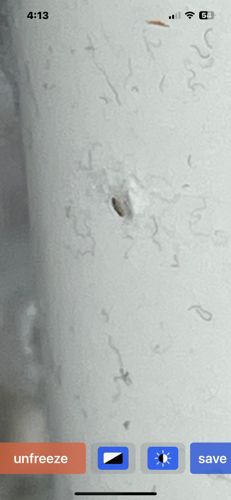Booklouse
Scientific Name: Psocoptera (various genera and species)
Order & Family: Order Psocoptera, various Families (e.g., Liposcelididae, Psocidae)
Size: Typically 1-2 mm, though some species can be up to 10 mm

Natural Habitat
Damp, warm, and humid environments, often found indoors in old books, wallpaper, stored foods, and around plumbing. Outdoors, they can be found under bark, in leaf litter, and in bird nests.
Diet & Feeding
Microscopic mold, fungi, dead insects, starchy materials, glue in book bindings, wallpaper paste, cereal products, and other organic debris. They graze on surfaces using their chewing mouthparts.
Behavior Patterns
Nocturnal and prefer dark, secluded places. They are often found in large numbers when conditions are favorable (high humidity). They do not bite or sting but can be a nuisance in homes and can damage paper products or contaminate stored food.
Risks & Benefits
Generally considered harmless to humans, they do not transmit diseases. However, they can cause damage to books, documents, and other starchy materials. In large infestations, they can contaminate food. They can indicate excessive humidity indoors, which can lead to mold growth.
Identified on: 11/16/2025